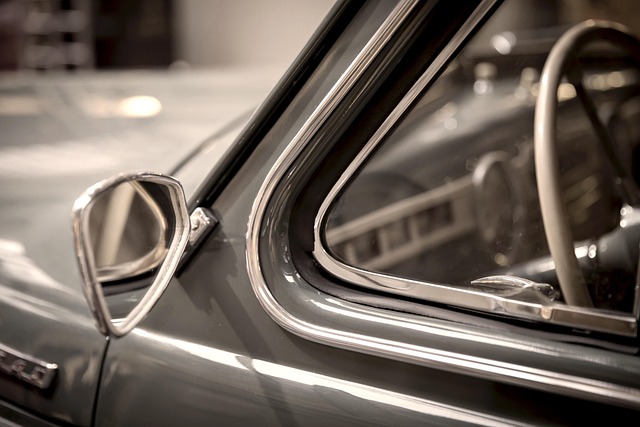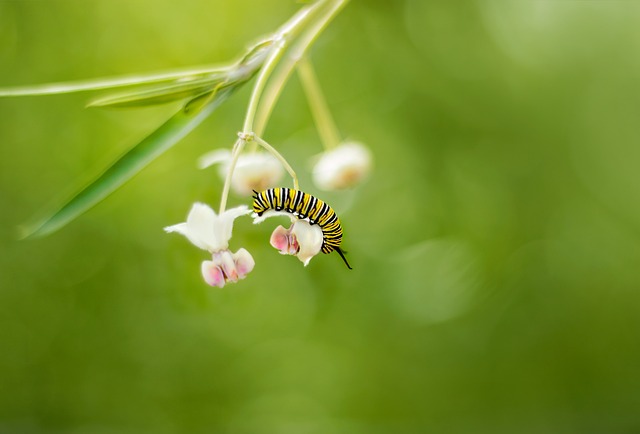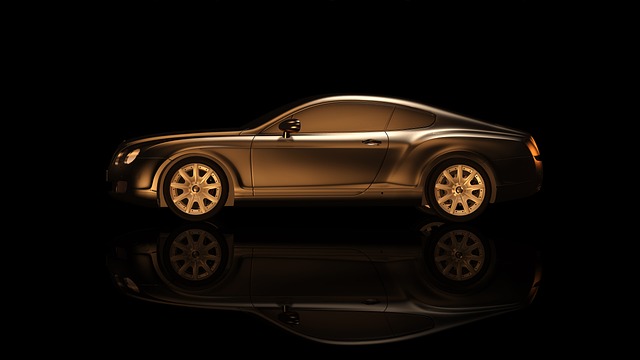Revamp Your Ride: The Rise of Vinyl Wrapped Tuktuks
In recent years, the vinyl wrapped tuktuk has emerged as a vibrant symbol of customization and creativity in urban transportation. These colorful three-wheeled vehicles, often seen buzzing around city streets, are undergoing a transformation that enhances not only their visual appeal but also their durability and protection. Let’s explore how vinyl wrapping is changing the game for tuktuk owners and businesses alike.
What is Vinyl Wrapping?
Vinyl wrapping is a process that involves applying a thin layer of vinyl film over the surface of a vehicle. This film can be printed with various designs, colors, and textures, allowing for endless customization possibilities. Unlike traditional paint jobs, vinyl wraps can be easily removed or changed, making them a flexible option for those who want to update their vehicle’s look without committing to a permanent change.
The Benefits of Vinyl Wrapping for Tuktuks
- Enhanced Aesthetics: One of the most significant advantages of vinyl wrapping is the ability to create stunning visual effects. Tuktuks can be transformed into eye-catching pieces of art that reflect the personality of their owners or the branding of a business.
- Protection: Vinyl wraps act as a protective layer against scratches, dings, and UV damage. This means that the original paint of the tuktuk remains intact, preserving its resale value while ensuring the vehicle looks newer for longer.
- Cost-Effective Customization: Compared to a complete repaint, vinyl wrapping is often more affordable and less time-consuming. Business owners can easily change their branding without the hefty price tag of a full paint job.
- Ease of Application: Professional installers can apply a vinyl wrap in a matter of hours or days, depending on the complexity of the design. This quick turnaround makes it an ideal solution for those who want a fresh look without significant downtime.
- Eco-Friendly Options: Many vinyl wraps are now made from eco-friendly materials, making them a more sustainable choice for environmentally conscious consumers.
Customization Options for Vinyl Wrapped Tuktuks
The customization possibilities with vinyl wrapping are virtually limitless. Here are some popular trends and ideas for tuktuk owners looking to make their vehicles stand out:
- Bold Colors: Bright, bold colors can make a tuktuk instantly recognizable on the road. From neon greens to vibrant pinks, the right color can create a striking presence.
- Unique Patterns: Geometric designs, floral patterns, or even custom illustrations can be printed onto the vinyl, allowing for a unique aesthetic that reflects personal or brand identity.
- Branding Opportunities: For businesses, vinyl wrapping offers a prime opportunity for advertising. Logos, contact information, and eye-catching graphics can be prominently displayed, turning a tuktuk into a moving billboard.
- Textured Finishes: Beyond color, vinyl wraps can come in various finishes, including matte, gloss, or metallic. These textures can add depth and sophistication to a tuktuk’s appearance.
Real-Life Examples of Vinyl Wrapped Tuktuks
Across cities worldwide, businesses and individuals have embraced the trend of vinyl wrapped tuktuks. Here are a few inspiring examples:
- Food and Drink Vendors: Many street food vendors have opted for vinyl wraps that showcase their brand’s logo and menu items, attracting customers with vibrant designs that pop against the street backdrop.
- Event and Party Rentals: Companies renting out tuktuks for weddings or parties often customize their vehicles with fun, thematic wraps that match the event’s colors and style, enhancing the overall experience for guests.
- Tourist Attractions: Some cities have adopted vinyl wrapped tuktuks as part of their tourism initiatives, creating wraps that reflect local culture and landmarks, making the rides more engaging for visitors.
Conclusion
The rise of the vinyl wrapped tuktuk represents a significant shift in how these traditional vehicles are perceived and utilized. With an array of customization options, cost-effective solutions, and protective benefits, vinyl wrapping is not just a trend but a revolution in urban mobility. Whether for personal expression or business branding, the vibrant world of vinyl wrapped tuktuks is sure to continue captivating audiences and transforming city streets.










